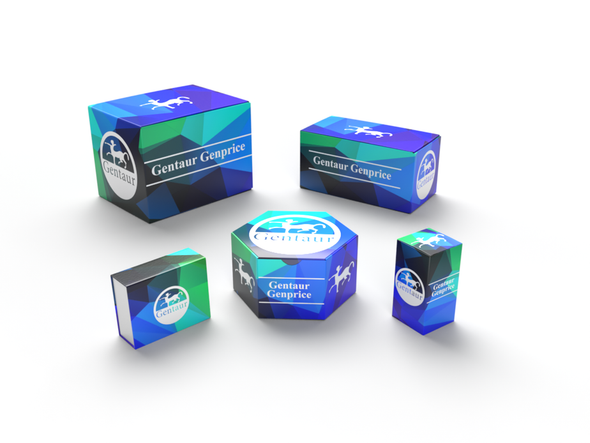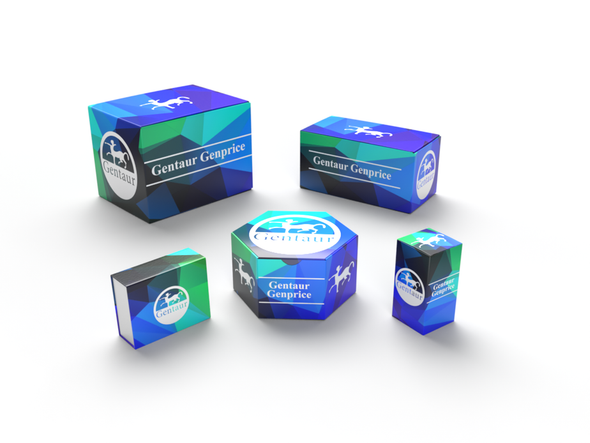Description
ETV4 Antibody | 8535 | Gentaur UK, US & Europe Distribution
Host: Rabbit
Reactivity: Human, Mouse, Rat
Homology: Predicted species reactivity based on immunogen sequence: Zebrafish: (72%)
Immunogen: ETV4 antibody was raised against a peptide corresponding to 19 amino acids near the amino terminus of human ETV4.
Research Area: Cancer, Cell Cycle
Tested Application: E, WB
Application: ETV4 antibody can be used for Western blot at 1 - 2 μg/mL.
Antibody validated: Western Blot in human samples. All other applications and species not yet tested.
Specificiy: At least three isoforms of ETV4 are known to exist. This antibody will only detect the two longest isoforms.
Positive Control 1: Cat. No. 1303 - Human Brain Tissue Lysate
Positive Control 2: Cat. No. 1202 - A431 Cell Lysate
Positive Control 3: N/A
Positive Control 4: N/A
Positive Control 5: N/A
Positive Control 6: N/A
Molecular Weight: Predicted: 53 kDa
Observed: 53 kDa
Validation: N/A
Isoform: N/A
Purification: ETV4 Antibody is affinity chromatography purified via peptide column.
Clonality: Polyclonal
Clone: N/A
Isotype: IgG
Conjugate: Unconjugated
Physical State: Liquid
Buffer: ETV4 Antibody is supplied in PBS containing 0.02% sodium azide.
Concentration: 1 mg/mL
Storage Condition: ETV4 antibody can be stored at 4˚C for three months and -20˚C, stable for up to one year. As with all antibodies care should be taken to avoid repeated freeze thaw cycles. Antibodies should not be exposed to prolonged high temperatures.
Alternate Name: ETV4 Antibody: ETS variant 4, E1AF, PEA3, E1A-F, PEAS3
User Note: Optimal dilutions for each application to be determined by the researcher.
BACKGROUND: ETV4 Antibody: ETV4, along with the related proteins ETV1 and ETV5, form the PEA3 subfamily of the E26 transformation-specific (ETS) transcription factor family (1) . ETV4 is thought to play roles in embryonic kidney development and fertility (2, 3) , and is also thought to be an oncoprotein in multiple cancers (4) .






